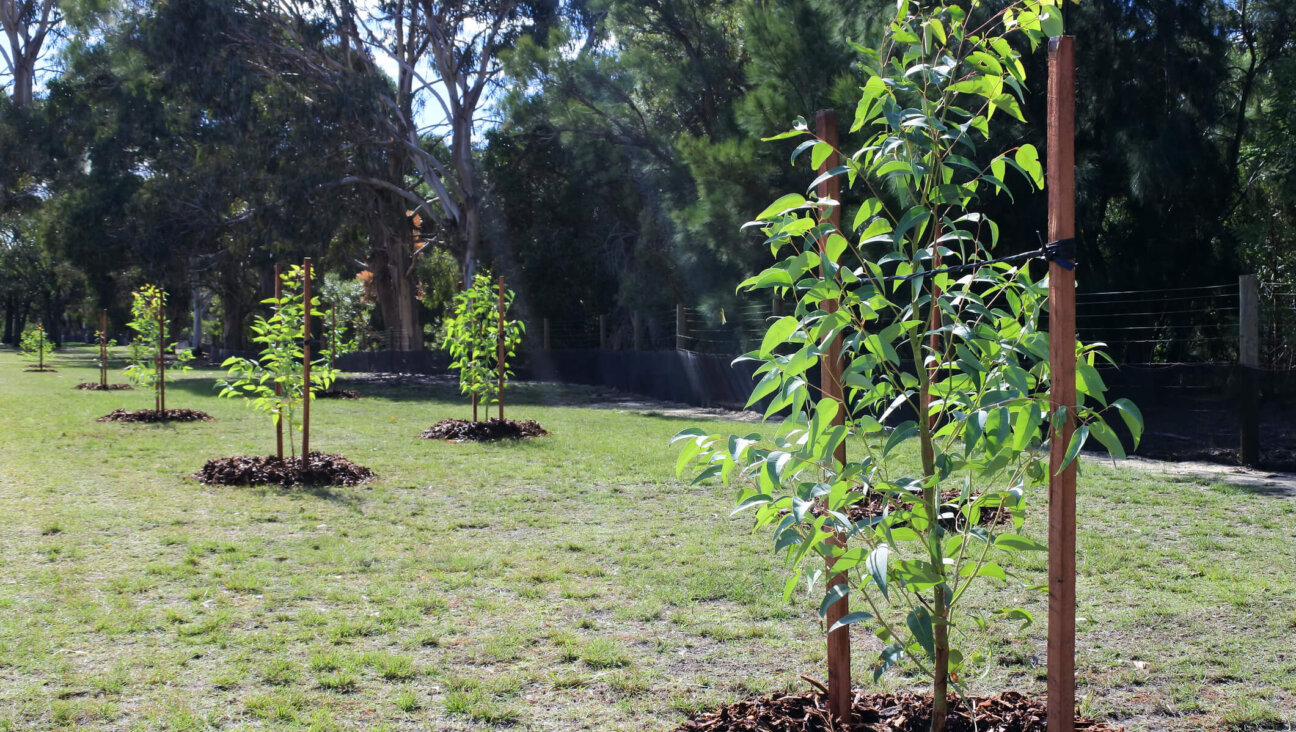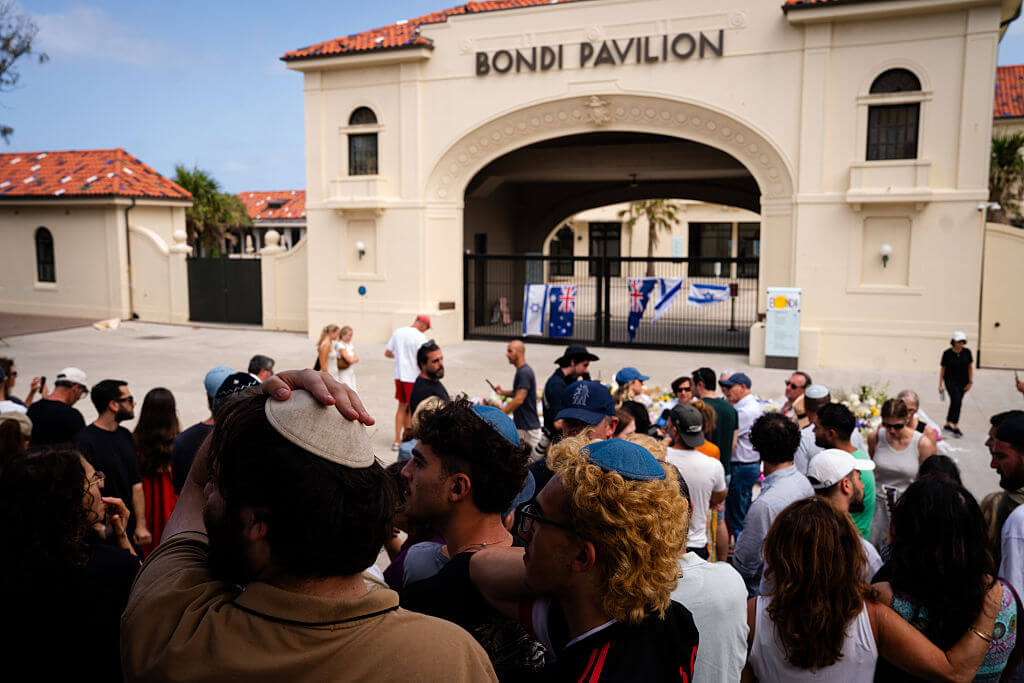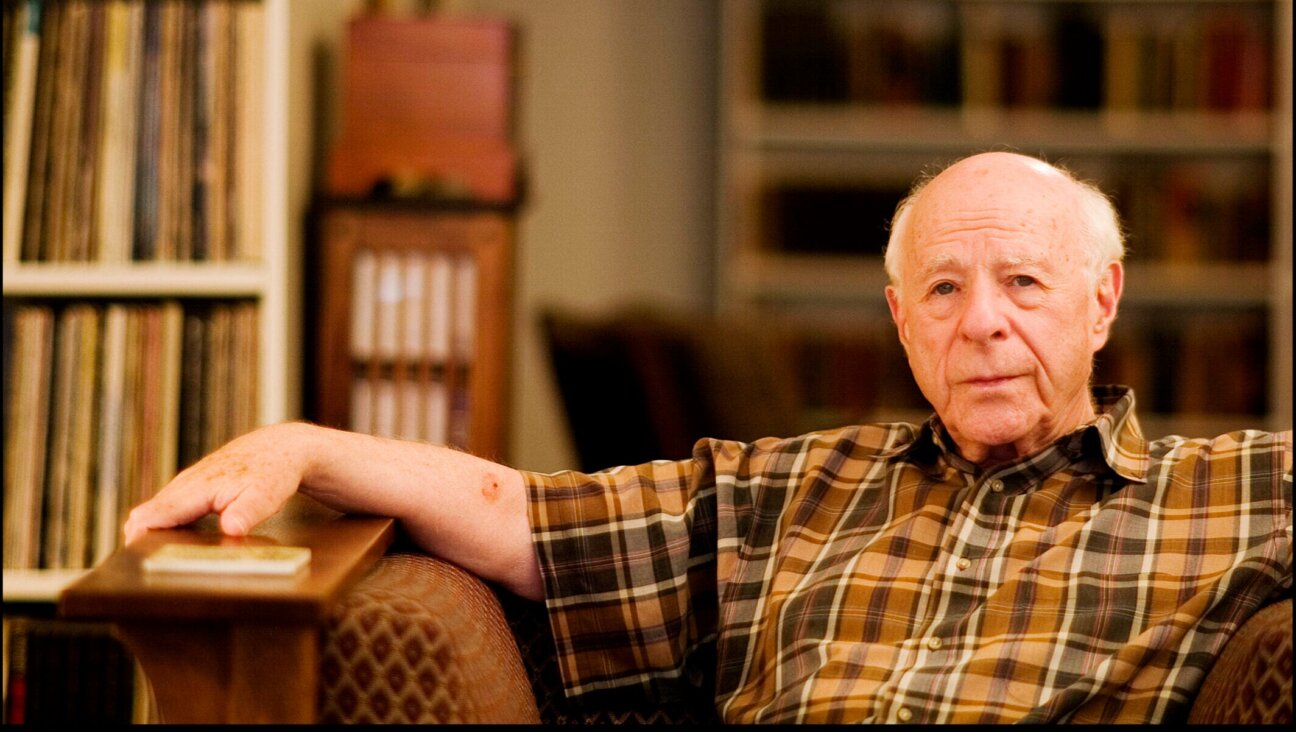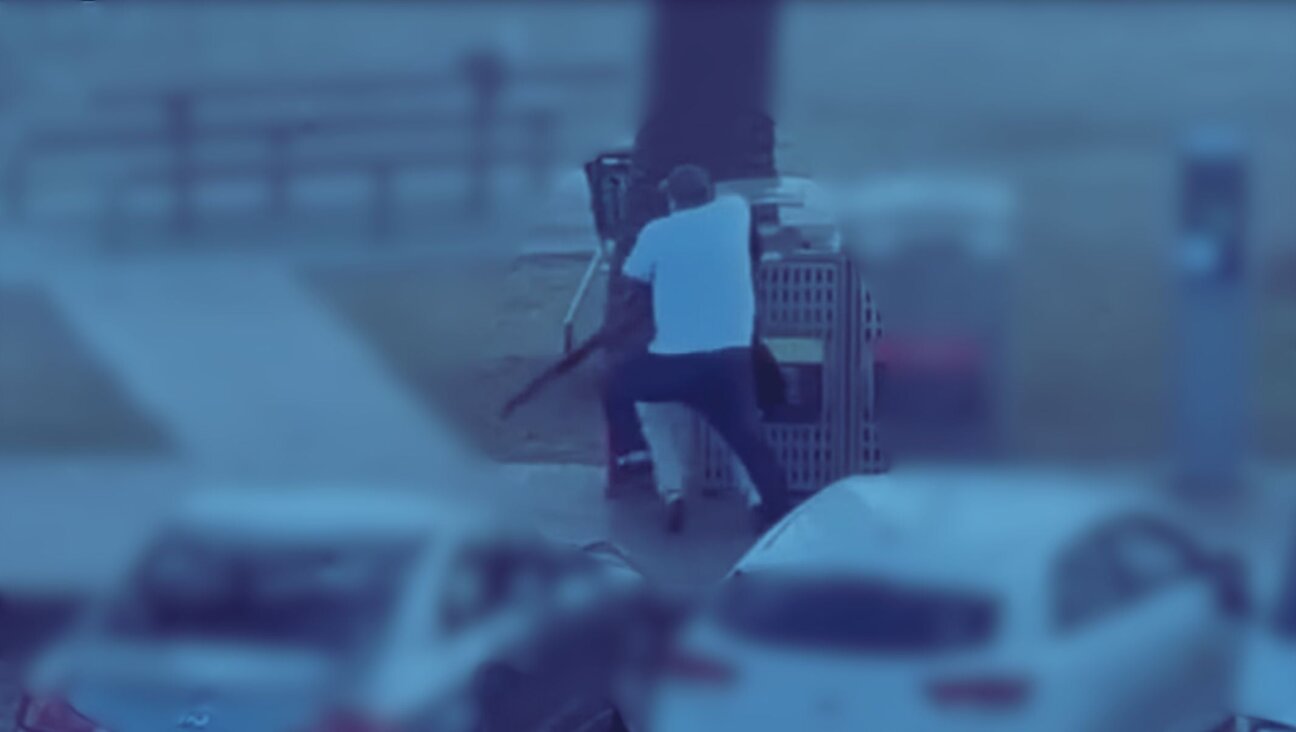Remembering Bonna Devora Haberman’s Joy
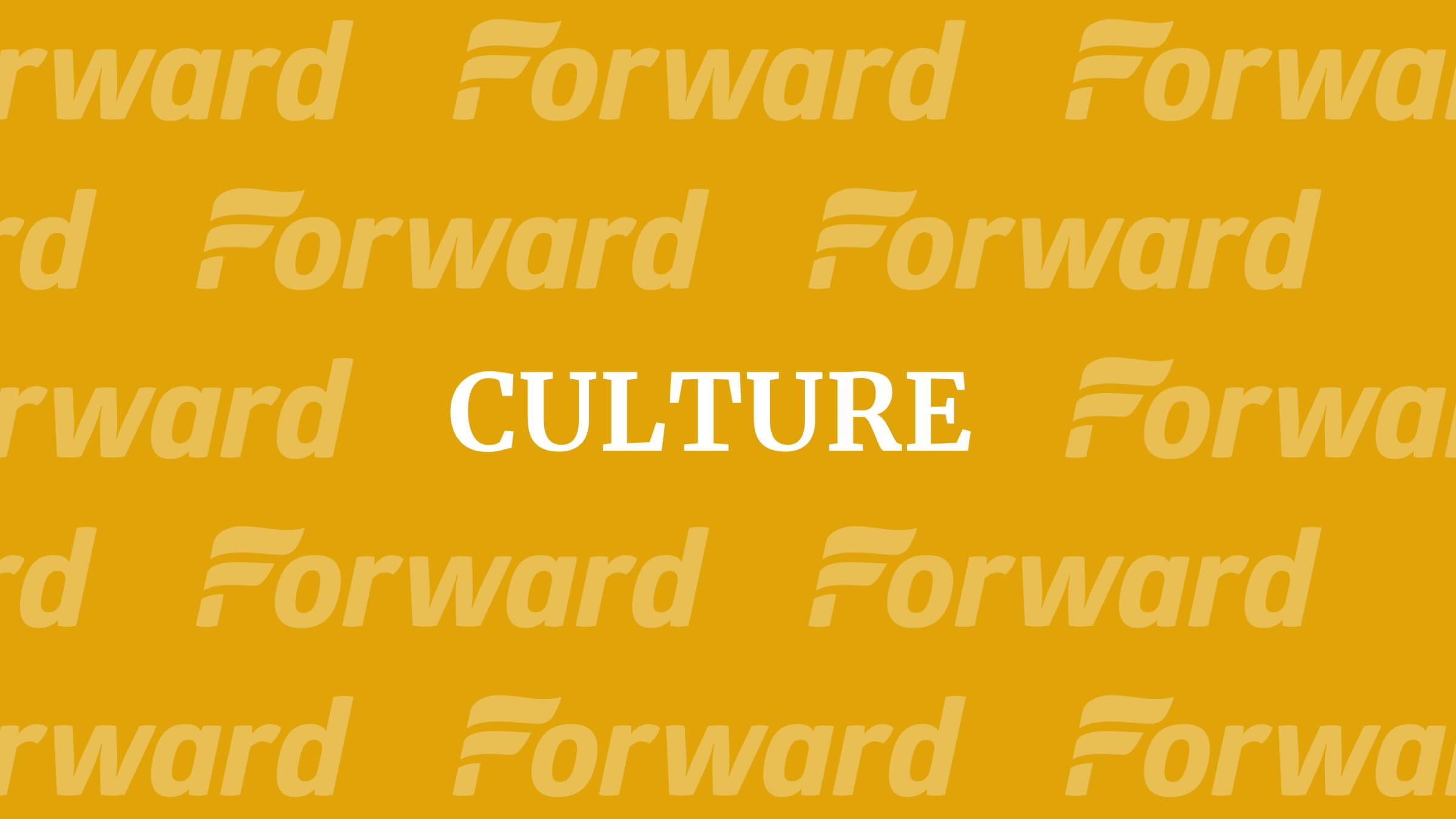
Graphic by Angelie Zaslavsky
I’m looking at the lines in my notebook “Bonna Devora Haberman [email protected]” written carefully in neat precise handwriting. I had never imagined that only a few weeks after she gave me her email, Rabbi Haberman would no longer be in this world. Although she apparently had cancer for a while, in my blindness she didn’t appear any less radiant and vital than she always had. Anyone who has met her would probably agree that “glowing” is probably the best one word description of her being, constantly a joyous presence, upbeat, happy.
The final time I saw her, the last Friday morning in April, I was walking in the German Colony to meet another journalist for breakfast on Emek Refaim. She and her husband Shmuel Browns were heading to an organic farmer’s market and invited me to join them. I thanked them and told them, no I’m meeting someone but I’m looking forward to speaking and she promised to be in touch. The pair looked like an extremely happy long term married couple, able to enjoy the pleasures of seeing their children getting settled in life and enjoying the grandchildren already born and those to come in the future. They both looked fit and healthy and I assumed they would have many more years together than the 34 they did. I can’t imagine how painful it is for her husband and children and grandchildren to lose someone who should have had more years as she had so much to teach and contribute.
I had met Haberman many times but until this recent visit had never had a real conversation with her. Like many others, I knew who she was from my participation in some of the same shuls and prayer groups she was in. When I spent two separate years in Israel, in 1987-88 and 1990-91, we were in the same places – Kol Haneshama, the Reform synagogue in the Jerusalem neighborhood of Bakaa where she was eulogized on June 17, Maayonot an egalitarian Conservative group, and of course which she was instrumental in founding and developing. When I first met Haberman, I was a young woman, trying to figure out how I would combine a career I desired with marriage and motherhood that I also wanted, Haberman seemed like an incredible role model, able to do it all. She held a PhD in Ethics and Education from the Unversity of London, taught at a variety of institutions including the Harvard Divinity School, Brandeis and the Hebrew University of Jerusalem, and was active in groups doing work she felt was important, all while being the mother of five children. As her friend Rabbi Haviva Ner-David wrote recently wrote, Haberman “managed to balance her time between activism, family, spirituality, work, study, creative pursuits, culture, and simple pleasures. With all of her commitment to making the world a better place, she seemed, at least to an outside observer like me, never to let her activism get in the way of her family life.” Though I observed her from a distance I am glad to have seen a role model like Haberman in action. Her radiance and glow seemed to indicate to those of us still looking of role models, trying to figure out how to live our lives, where to put the balance of our energies, how to combine career, family, being part of a community, that it is not only possible to do all these things but that one do all this with joy and spirit in one’s life.
Rains between Pesach and Shemini Atzeret are “potent for healing” Haberman wrote in the most recent blog post on her website. During my two weeks in Israel from right after the end of Pesach to the beginning of May, it rained an unprecedented three times. Though the rains came this year, quite unusually, they weren’t enough to heal her. Her description on her website of being about “grappling honestly and creatively with land, people, history, text, and spirit” could not have a more powerful expression than in the many things she created – a family, a community of activists, a theater company, writings, and the joyous ceremonies she made possible through giving her students the tools to grapple with the complex reality of life in modern Israel.

